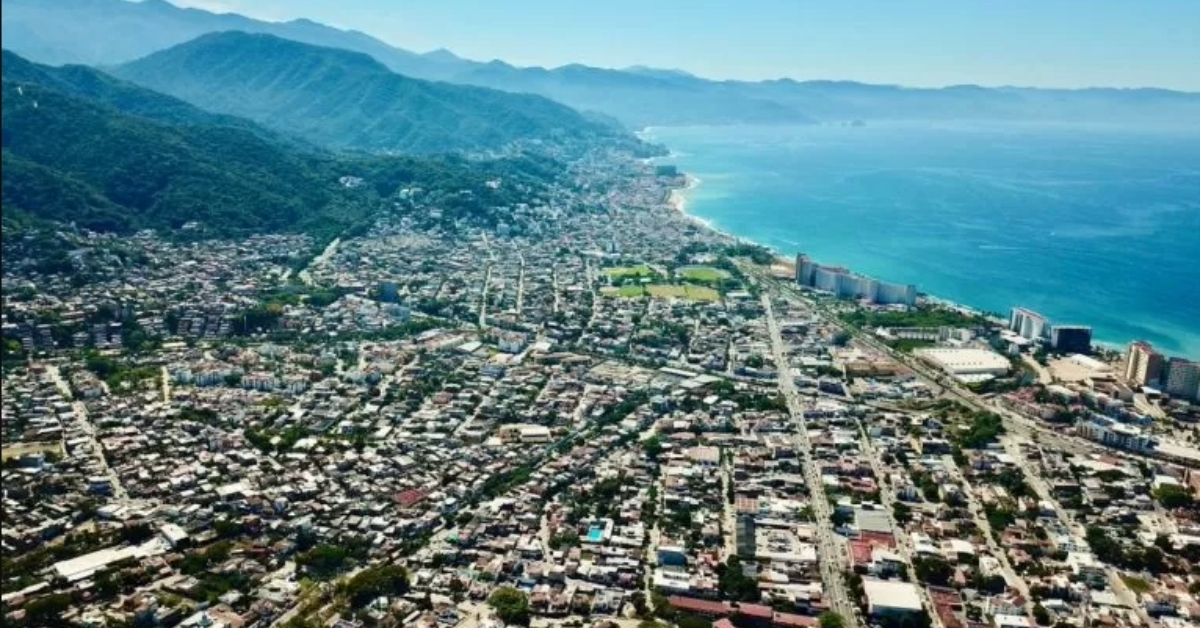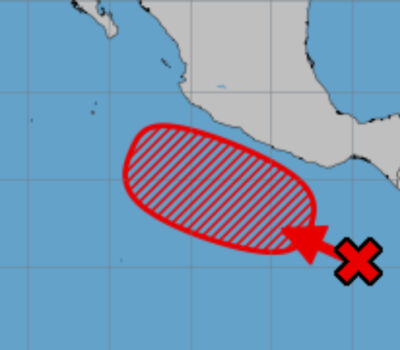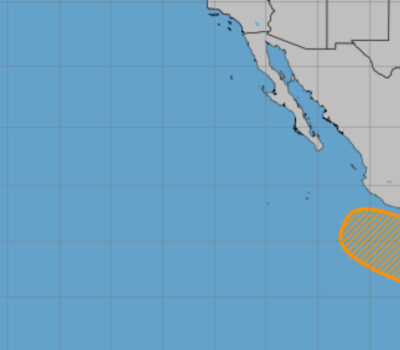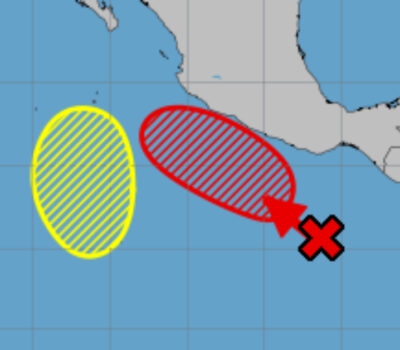PUERTO VALLARTA, Mexico—Jorge Alberto Balderas Betancourt, Director of Territorial Planning and Urban Development, announced that 15 new condominium developments—or buildings—have been authorized during the last 180 days in Puerto Vallarta. Several of these projects had already begun the approval process under the previous municipal administration.
“Of the licenses we received—we call a building or subdivision a development—there are some that were in process but were completed during these six months. The files were approved; there’s nothing pending from the previous administration. And yes, we’ve authorized new developments because citizens come and request new licenses: around 15 units or projects in different parts of the city,” Balderas said.
He noted that vertical growth in Vallarta remains strong, with large-scale buildings located in neighborhoods such as Emiliano Zapata, Versalles, 5 de Diciembre, and Marina Vallarta, as well as along the highway to Mismaloya.
“For example, the Thompson Towers (26 stories high, next to the Krystal Hotel), which were already authorized by the previous administration, are being updated through extensions. Other developments include the Alicia Building, across from Puerto Iguana in the Los Peines area; there are others in Versalles, such as the Ramiro Sierra condominium (next to the Agustín Flores Sports Complex). There are several more condominiums that I can’t remember exactly right now. Even in the southern zone, new projects have been authorized,” Balderas explained.
According to the municipal official, these licenses were granted in accordance with local partial development plans and existing regulations. He also emphasized that federal guidelines—like those found in the General Law on Human Settlements—encourage “compact cities” as an alternative to urban sprawl.
“Well, there’s no stopping it. The reality is that the Partial Plans we have in place allow for verticality; they’ve already been redefined, and they oblige us to allow and facilitate the construction of vertical buildings. Furthermore, the guidelines of the General Law on Human Settlements tell us that cities should be compact, not sprawling. Verticality should be encouraged, always subject to and conditioned by the capacity of infrastructure and services such as water, drainage, energy, roads, and traffic,” he said. “Each project that is submitted is analyzed and evaluated, first to verify that it complies with the standards established in the plans, and then to verify that its location and context allow for its viability. But yes, vertical development is observed and encouraged.”
Balderas underscored that any future building proposals will be assessed carefully for their impact on infrastructure, traffic flow, and adherence to urban development regulations. With various projects on the rise, Puerto Vallarta’s skyline continues to evolve, reflecting the city’s move toward taller, more compact residential structures.
PUERTO VALLARTA, Mexico—Jorge Alberto Balderas Betancourt, Director of Territorial Planning and Urban Development, announced that 15 new condominium developments—or buildings—have been authorized during the last 180 days in Puerto Vallarta. Several of these projects had already begun the approval process under the previous municipal administration.












